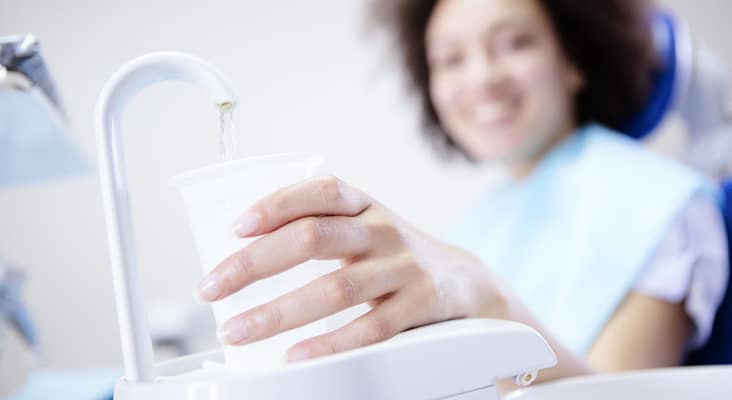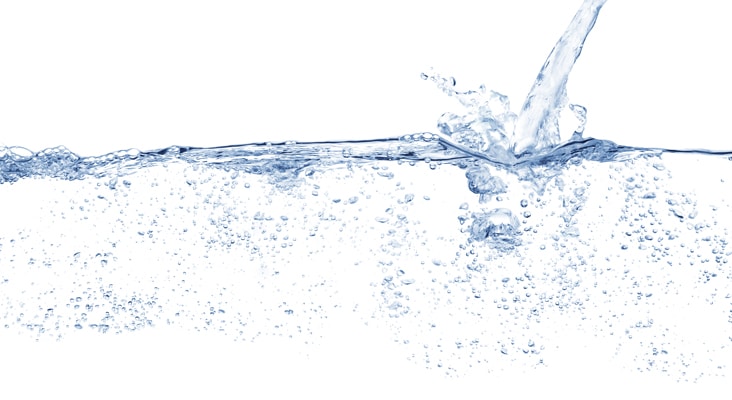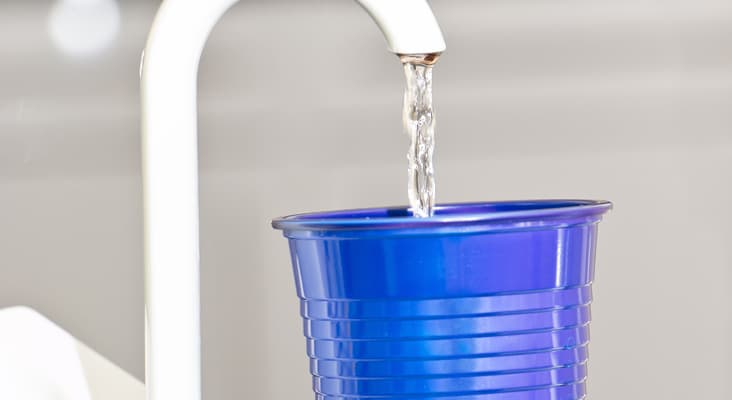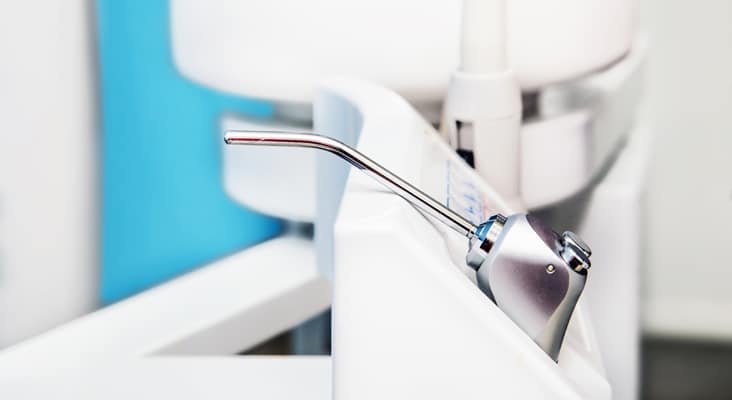Up Your Knowledge on Dental Unit Waterline Treatment
Appropriate methods to control biofilm formation and monitor water quality must be implemented to safeguard patients. Read on to evaluate how much you know about dental unit waterline treatment.

Exposure to poor water quality can pose health risks for patients during treatment, as well as clinicians due to aerosol exposures.
 milanvirijevic/E+
milanvirijevic/E+
The CDC recommends that dental unit waterlines adhere to the same standards for safe drinking water as set forth by the EPA of less than or equal to 5,000 CFU per milliliter.
 RichLegg/E+
RichLegg/E+
Simply using bottled water, distilled water, or sterile water is effective in preventing biofilm formation in dental water tubing.
 danielsbfoto/iStock / Getty Images Plus
danielsbfoto/iStock / Getty Images Plus
The CDC states that water-bottle systems alone are not sufficient and should be combined with commercial products and devices that can improve the quality of water used in routine dental treatment.
 isabella antonelli/iStock / Getty Images Plus
isabella antonelli/iStock / Getty Images Plus
Any sterile water/coolant system marketed to improve dental unit water quality must be cleared by the FDA.
 Wicki58/iStock / Getty Images Plus
Wicki58/iStock / Getty Images Plus
The CDC recommends discharging water and air from dental devices that are connected to the system and that enter the patient’s mouth for a minimum of 2 to 3 seconds after each patient.
 AGEphotography/iStock / Getty Images Plus
AGEphotography/iStock / Getty Images Plus
Training of oral health professionals in site-specific dental unit waterline protocols and monitoring compliance are critical to effective infection control protocol.
 Steve Debenport/E+
Steve Debenport/E+
Share your Results:


Comments are closed.